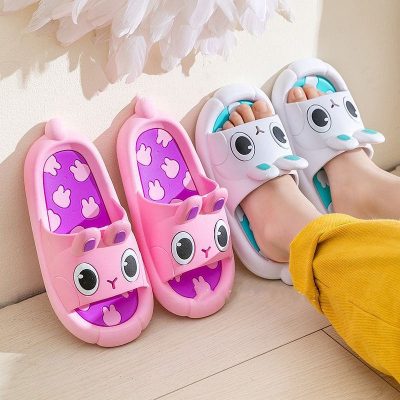The evolution of flip-flop soles has seen significant advancements from basic designs to high-tech innovations, enhancing comfort, durability, and functionality. Here’s a look at how flip-flop soles have evolved over time:
1. Basic Foam Soles
Early Designs:
- Materials: Initially, flip-flops were made with simple foam soles, often using EVA (ethylene vinyl acetate) foam, which provided lightweight and inexpensive cushioning.
- Features: These early designs offered minimal arch support and basic cushioning, sufficient for casual, short-term use.
Advantages:
- Lightweight
- Cost-effective
- Easy to produce
Limitations:
- Limited durability
- Minimal support and comfort
- Quick wear and tear
2. Enhanced Rubber Soles
Improvements:
- Materials: Introduction of rubber soles improved durability and slip resistance.
- Features: Rubber soles provided better traction on various surfaces and increased longevity compared to foam.
Advantages:
- Improved traction
- Increased durability
- Water-resistant
Limitations:
- Can be heavier than foam
- Limited cushioning
3. Ergonomic and Contoured Soles
Advancements:
- Design: Ergonomic designs and contoured footbeds began to appear, offering better arch support and comfort.
- Materials: Combination of materials like EVA foam with added contours for arch and heel support improved overall foot alignment and comfort.
Advantages:
- Enhanced comfort and support
- Better foot alignment
- Reduced foot fatigue
Limitations:
- Higher cost
- Still relatively simple compared to modern high-tech soles
4. Memory Foam and Gel Soles
Innovations:
- Materials: Introduction of memory foam and gel inserts provided personalized cushioning and enhanced comfort.
- Features: These soles conform to the shape of the foot, offering superior cushioning and shock absorption.
Advantages:
- Customized comfort
- Excellent shock absorption
- Reduces pressure points
Limitations:
- Can be less durable over time
- Potential for moisture retention
5. High-Tech and Smart Soles
Modern Innovations:
- Advanced Materials: Use of advanced materials like high-density PU (polyurethane), TPU (thermoplastic polyurethane), and specialized rubber blends for enhanced durability, flexibility, and performance.
- Features: Incorporation of features like multi-layer construction, anti-microbial treatments, moisture-wicking properties, and high-tech cushioning systems (e.g., air or gel pockets).
Smart Technology:
- Wearable Tech: Some modern flip-flops include integrated smart technology such as fitness tracking sensors, Bluetooth connectivity, and temperature regulation systems.
- Enhanced Comfort: High-tech soles may feature zoned cushioning, energy return systems, and enhanced arch support for superior comfort and performance.
Advantages:
- Maximum comfort and support
- Long-lasting durability
- Advanced features for specific needs (e.g., sports, health monitoring)
Limitations:
- Higher cost
- Complexity in design and production
Conclusion:
The evolution of flip-flop soles from basic foam designs to high-tech innovations reflects advancements in materials science, ergonomics, and wearable technology. Modern flip-flop soles offer a combination of comfort, durability, and specialized features tailored to the needs of various users, from casual wear to performance and health monitoring. As technology continues to advance, we can expect further improvements in the functionality and comfort of flip-flop soles.


















